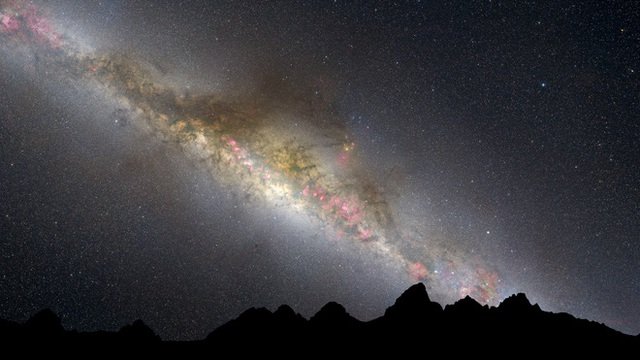Most of the alien civilizations that once dotted our Milky Way galaxy have probably perished themselves.
Accordingly, this result can be considered the latest update of the `Drake equation`, which is used to estimate the number of extraterrestrial civilizations in the Milky Way.
Created by astronomer Frank Drake in 1961, this famous equation relies on seven variables to calculate the number of civilizations in the galaxy with which humans can contact, such as the average
However, research recently conducted by physicists at the California Institute of Technology is much more realistic than the Drake equation.
`Since the Hubble Space Telescope and the Kepler Space Telescope, we have learned a lot about the density of gas and stars in the Milky Way, the rate of star formation, and the rate of exoplanet formation.
Accordingly, the researchers looked at a range of factors thought to influence the development of a civilization, such as the prevalence of Sun-like stars hosting Earth-like planets.

Based on these factors, scientists have modeled the evolution of the Milky Way over time and space.
By comparison, Earth is about 25,000 light-years from the galactic center, and human civilization emerged about 13.5 billion years after the formation of the Milky Way, although simple life forms had
In other words, we may be a `frontier civilization` in terms of galactic geography.
Of course, assuming life continues to ’emerge’ throughout the galaxy, there are probably still many other civilizations out there that we haven’t discovered yet.
According to researchers, most of the civilizations that still exist in the galaxy at the present time are probably still quite ‘young’.

In fact, this is also an important `variable` in the model of researchers at the Californian Institute of Technology, based on the question: For what reason do civilizations in the galaxy often self-destruct?
Accordingly, if factors such as nuclear war or climate change are applied to the model, there is a high possibility that most civilizations that have come before us cannot survive today.
Refer to Live Science
